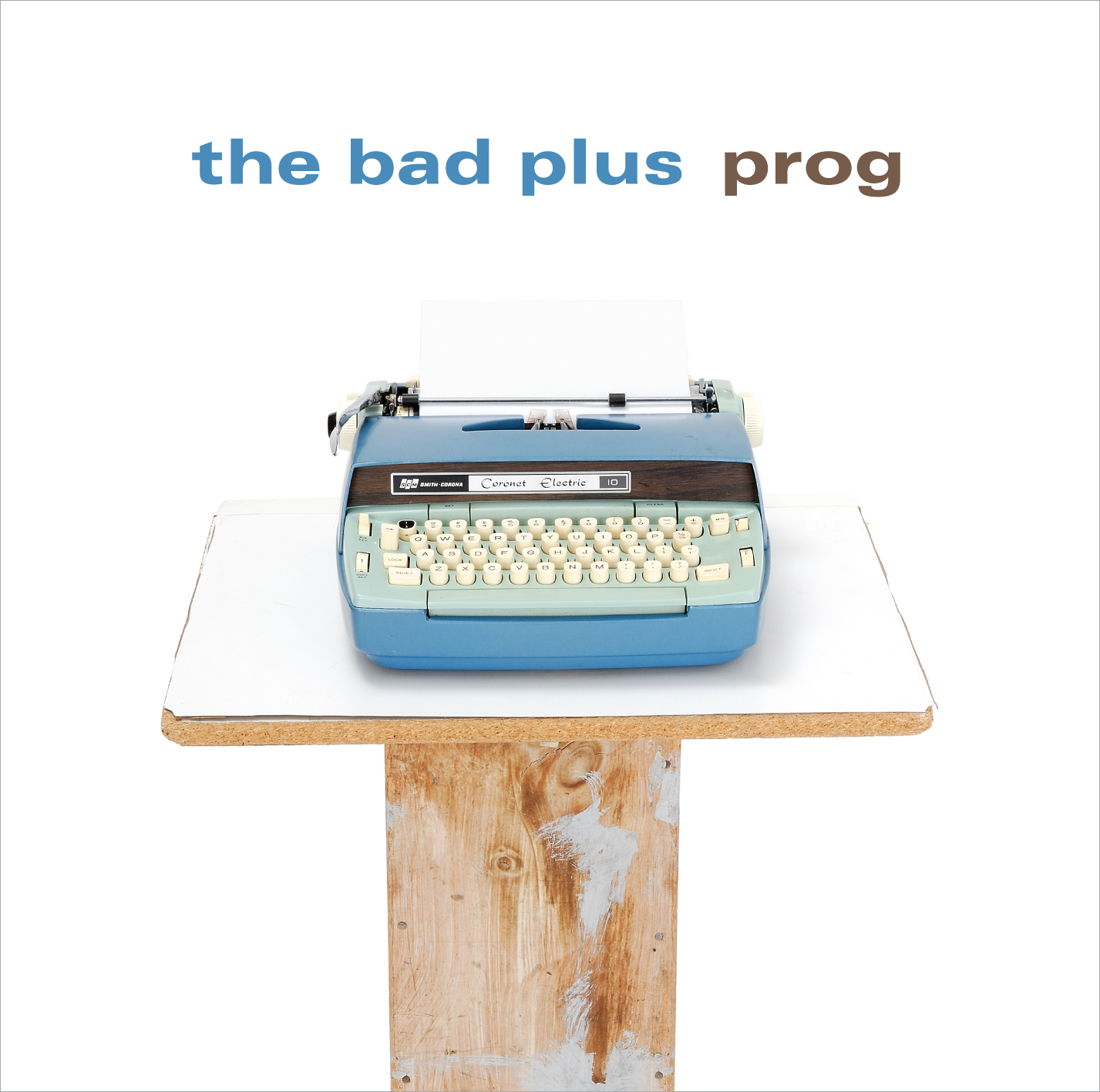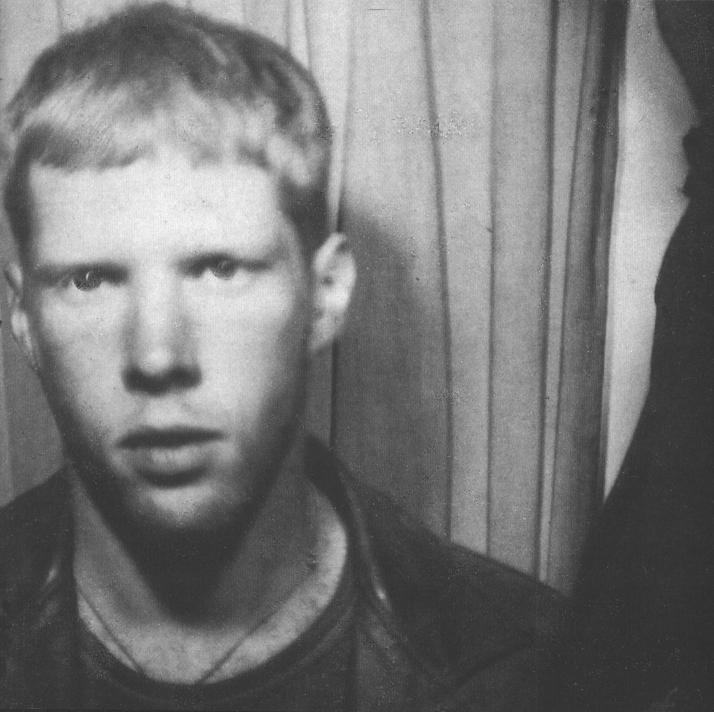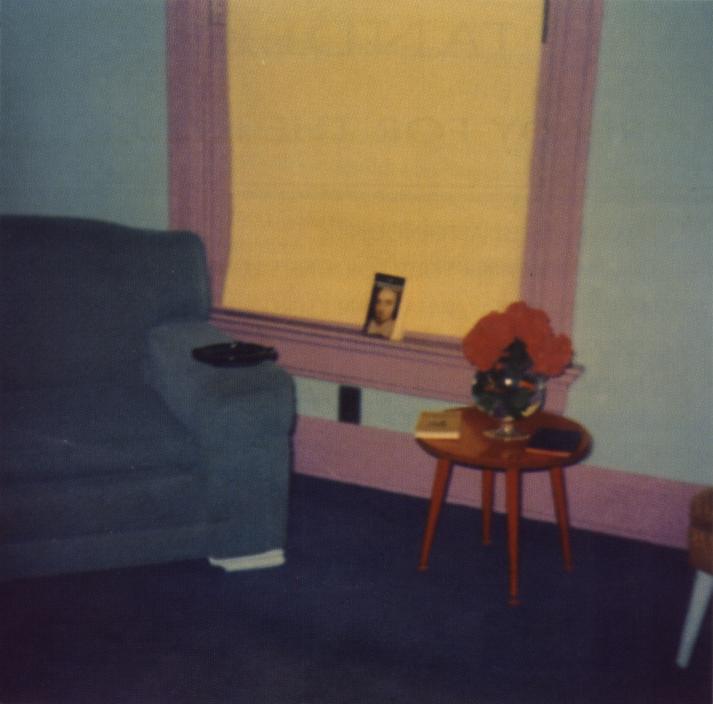Dirty Projectors probably have the most easily identifiable and unique sound in Indie Rock today. Dave Longstreth is the man behind the band, which now includes Angel Deradoorian, Amber Coffman and Brian McComber as principal members. Stylistically they are glitchy, jittery, cut-up and put back together rhythmically with very intricately ornamented vocal lines (as well as guitar lines, I suppose). The vocal harmonies are very tight, and I would imagine quite challenging to sing. Often it seems as though notes are picked out of nowhere. That glitchy, jittery rhythm also seems as though it is speeding up and slowing down with so much use of borrowed meter and complex tuplet structures, which is a trait rarely used at all by other bands (I actually can’t think of any that have ever done anything similar) but Dirty Projectors put to use in each of their recordings. It is almost as if Longstreth is stopping and starting time at will. There are very complex and lengthy patterns at work in his songs.
When I was in college I was part of a group for new music called Ethos. As president of the group I was responsible for scheduling guest composers and lectures to come to campus. In 2008 we had as a guest a fantastic composer named Missy Mazzoli. While driving her down to our campus in the middle of nowhere we got to talking about music. She asked me if I had ever heard of Dirty Projectors, to which I responded with something like “I have heard of them, but I don’t know any of their stuff”. This was true, and is also my stock answer when I don’t want to admit that I am completely ignorant of something. She mentioned that she is friends with the lead singer/songwriter, that they had met while studying at Yale. She said that I may like them but warned me that they were “really strange, but beautiful”. She didn’t have to say anything more. I already knew that I wanted to get to know them and be a fan.
I had the opportunity to catch them a few months later at the Pitchfork Music Festival in Chicago (July 2008) and I was so impressed by their performance that I ran to the record tent to see what I could find and immediately bought “Rise Above” which is a “re-imagining” of the Black Flag album “Damaged” but given the Dirty Projectors treatment and apparently done from memory (Longstreth hadn’t heard the album in a long time, but managed to remember almost all the lyrics. The album is fantastic). I made a note to remember them and try to check out all of their stuff. They were the highlight of the Festial last year for me.NPR began streaming their latest album “Bitte Orca” this week and I immediately sat down to check it out. All of the characteristic sounds of the band are in place, the jittery rhythms, frantic guitar playing and close harmonies. There is, also, the extra added bonus of catchy hooks (which I have been a fan of lately). I think the use of catchy hooks works even more for bands as unique as Dirty Projectors because it is something that is almost unexpected and they are made all the more beautiful by the unconventional structures that happen around them.

Starting off the album “Cannibal Resource” with its ethereal sounding guitar and bass interruptions the energy slowly kicks in throughout the first verse but we aren’t really off the ground until the chorus kicks in. The vocal arrangement of the opening guitar riff is a great touch and the clean guitar that comes in between the verses evokes the spectre of Frank Zappa. There is a transcendent emotion conveyed throughout this album, more so than on their previous efforts. The opening guitar line that comes back throughout is quite effective in moving the listening along. This characteristic is not just of the first track, it continues throughout the album. I think that this is what sets it apart from their earlier work. This album seems more cohesive in its construction of songs and song forms. Each track builds upon the previous. “Temecula Sunrise” will get stuck in your head and it will stay there. The wandering, overlapping guitar lines with the wavering backbeat that all comes together at exactly the right time. It’s absolutely perfect. This is as close to pop perfection as Dirty Projectors will ever be. They are still at quite a safe distance, remaining distinctive but familiar. There are even guitar “solos” on a few tracks.
“The Bride” definitely reminds me of Led Zeppelin’s “III” with the octave portamento (which really drives the song home) on what I believe sounds like a guitar in some tuning with a lot of open 5ths in it. From there the album moves right along to “Stillness is the Move” which is quite the shift in gears. The tune has the most straightforward beat and guitar parts (which sound as though they may be looped) placed behind R & B type vocal acrobatics courtesy of the female singers, with a laid back bridge that divides the song right in two. Layering comes in later in the song. Strings enter over top to sort of smear the painting as it were. Also note the bassline in this one. Punchy, pointed and downright funky.
The remainder of the album plays out much in the same way that it began. Great acoustic guitar work, string arrangements, memorable lines, a ballad? (“Two Doves”), and the constant juxtaposition of strange and expected. “Useful Chamber” fits well as a counterpart to “Stillness is the Move” with it’s looped drums (probably a drum machine) and synth sounds. At over 6 minutes though the song has many places that it can go, and before it ends we are hit with the crush of distortion and frenetics upon Longstreth’s repeated utterings of the album title.
Without belaboring it for too much longer I will conclude by saying that this album has a great shape to it. The album is put together very well as a whole, and each of the songs are interesting little pieces of the puzzle. Closing track “Fluorescent Half-Dome” is an absolutely beautiful track, and a perfect album closer.
Dirty Projectors have made a great contribution here to what is turning out to be a solid year for new music.
(Check their Myspace for more, and don’t forget about NPR streaming it for free this week)
Bitte Orca is set for official release on June 9, 2009.





 “Life on Mars” builds to a fiery crescendo with grand octaves and the entire ensemble playing out as if they were trying to fill a stadium without the aid of amplification while drummer David King plays with pinpoint accuracy and mathematical complexity. “Mint” remains somewhat restrained, not coming off quite as dynamic as the rest of the album, but providing the listener with a well deserved break. Some light whimsy to help digest the monstrously progged out “Physical Cities”.
“Life on Mars” builds to a fiery crescendo with grand octaves and the entire ensemble playing out as if they were trying to fill a stadium without the aid of amplification while drummer David King plays with pinpoint accuracy and mathematical complexity. “Mint” remains somewhat restrained, not coming off quite as dynamic as the rest of the album, but providing the listener with a well deserved break. Some light whimsy to help digest the monstrously progged out “Physical Cities”. Listening to Jandek requires one to be an active participant. One can not just passively let the sound wash over them, it is not art that functions in that way. This is not the kind of music that one would put on in the background at a part. This is intensely heartfelt, soul wrenching and usually terrifying stuff. Although it is usually assumed that Jandek does not tune his guitar, if one listens closely it is possible to hear that the guitar is usually tuned to an open tuning of some sort or another, usually something bizarre, most likely of his own devising. The early albums consist completely of open strings on the guitar and a waling vocal. Later works may include other instruments, and violent and dramatic guitar butchering. His left hand attacks the fretboard while he screams out in pain.
Listening to Jandek requires one to be an active participant. One can not just passively let the sound wash over them, it is not art that functions in that way. This is not the kind of music that one would put on in the background at a part. This is intensely heartfelt, soul wrenching and usually terrifying stuff. Although it is usually assumed that Jandek does not tune his guitar, if one listens closely it is possible to hear that the guitar is usually tuned to an open tuning of some sort or another, usually something bizarre, most likely of his own devising. The early albums consist completely of open strings on the guitar and a waling vocal. Later works may include other instruments, and violent and dramatic guitar butchering. His left hand attacks the fretboard while he screams out in pain. things to do is to find a voice and style of your own when you decide that you are going to create music. It is so easy to sound derivative, mimicking everything that you take in. Jandek apparently did not get this memo. Without going on for days and days repeating myself I could conclude by saying that everything that Jandek presents to us should shock us.
things to do is to find a voice and style of your own when you decide that you are going to create music. It is so easy to sound derivative, mimicking everything that you take in. Jandek apparently did not get this memo. Without going on for days and days repeating myself I could conclude by saying that everything that Jandek presents to us should shock us.